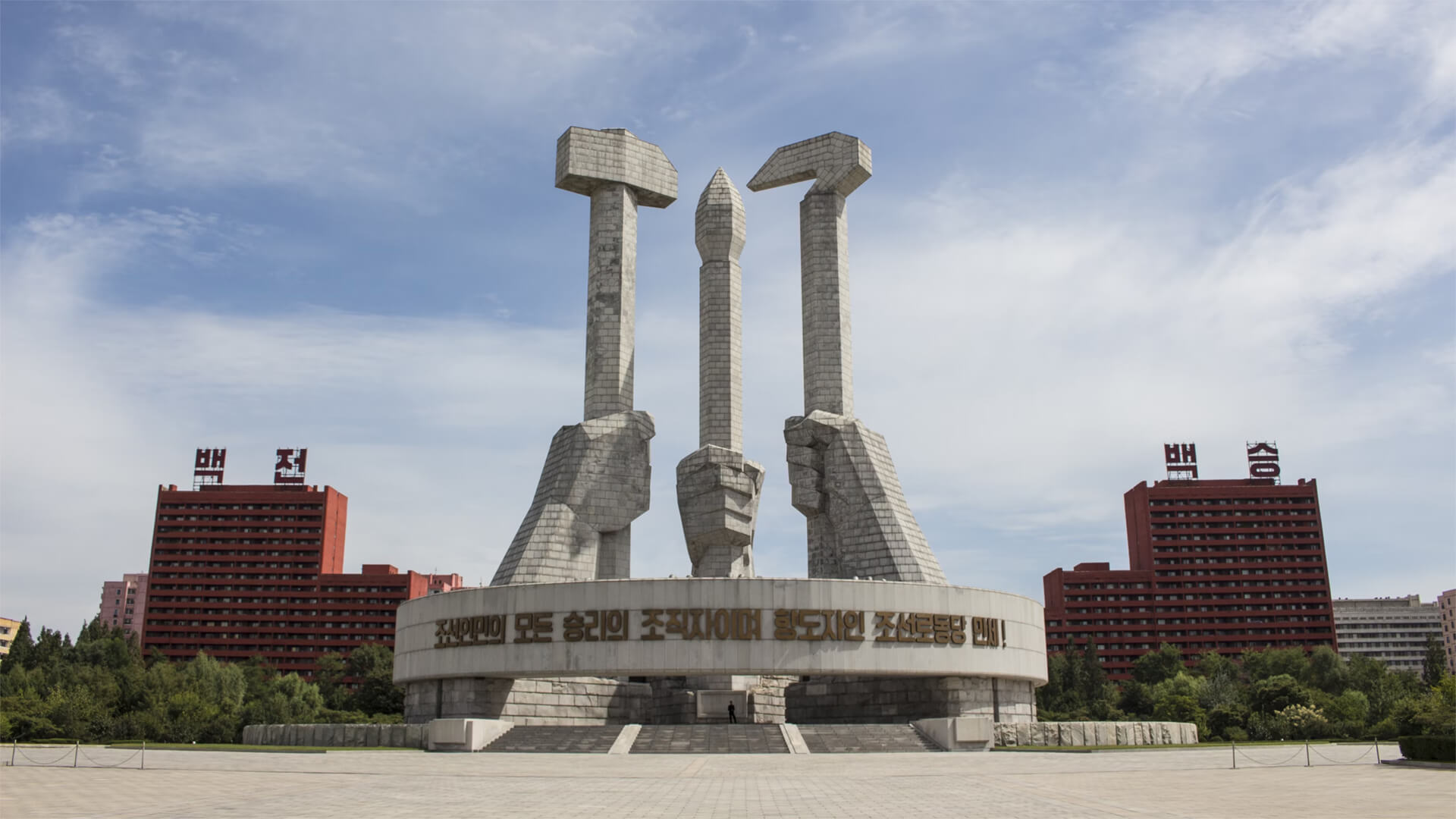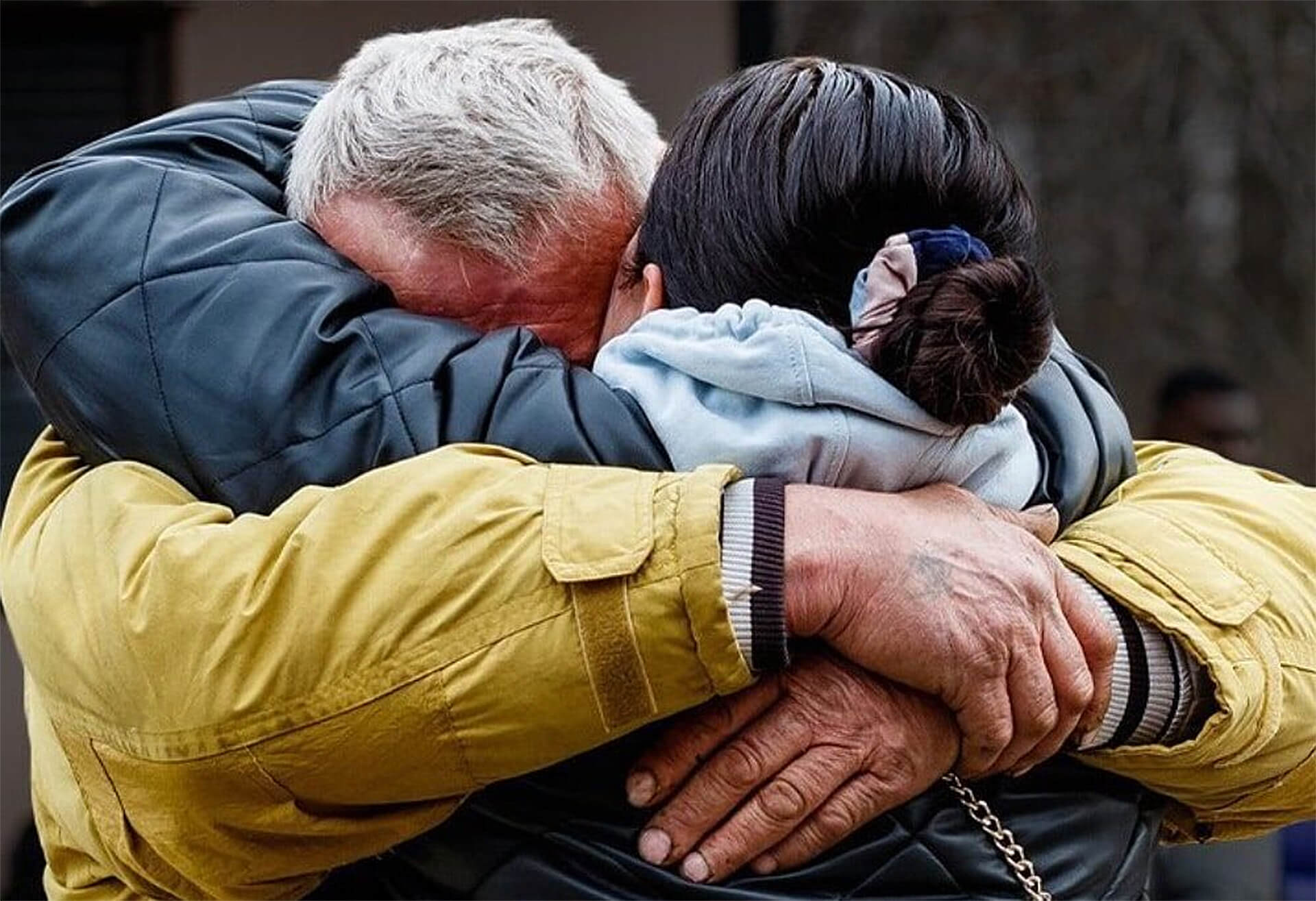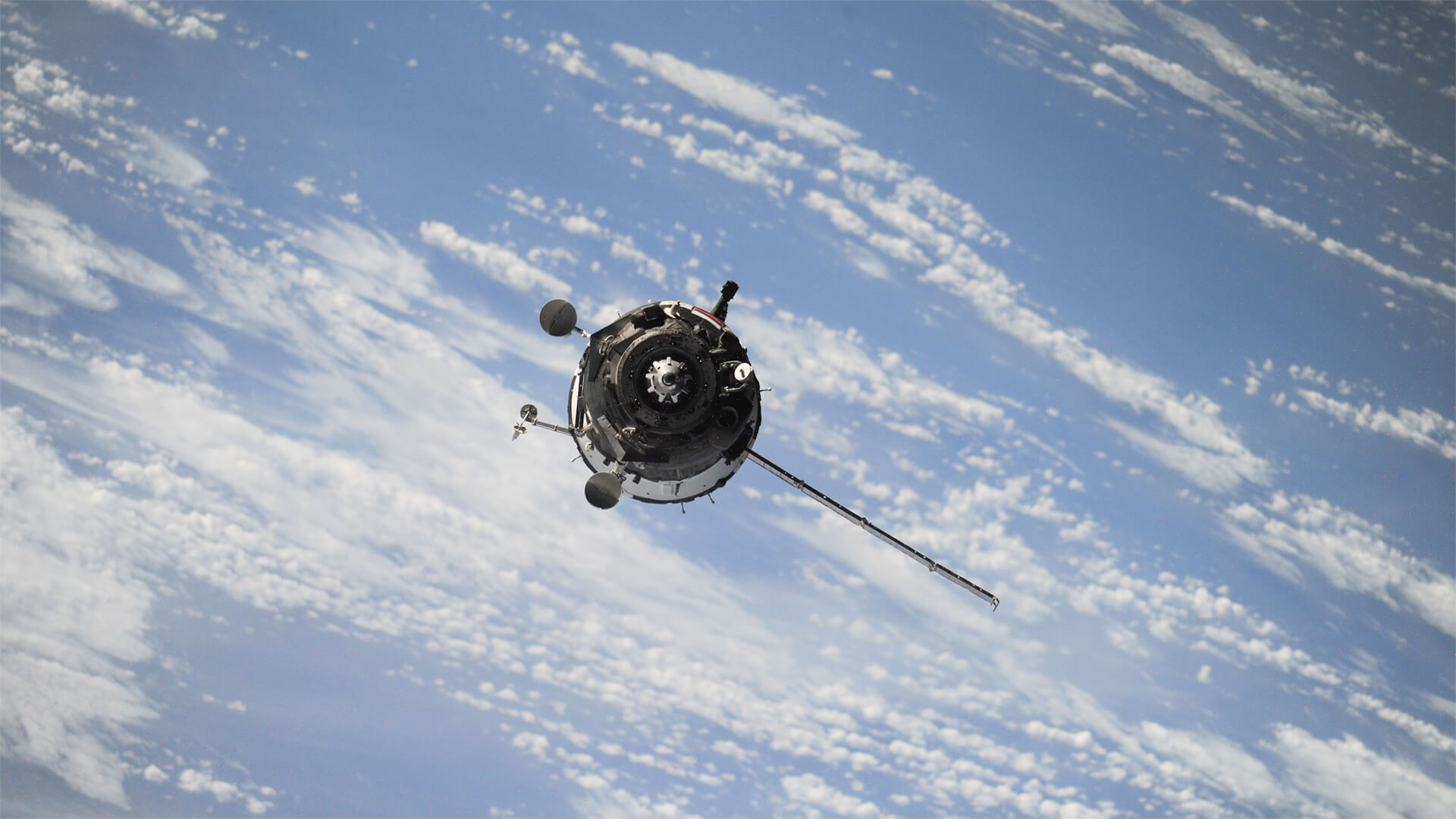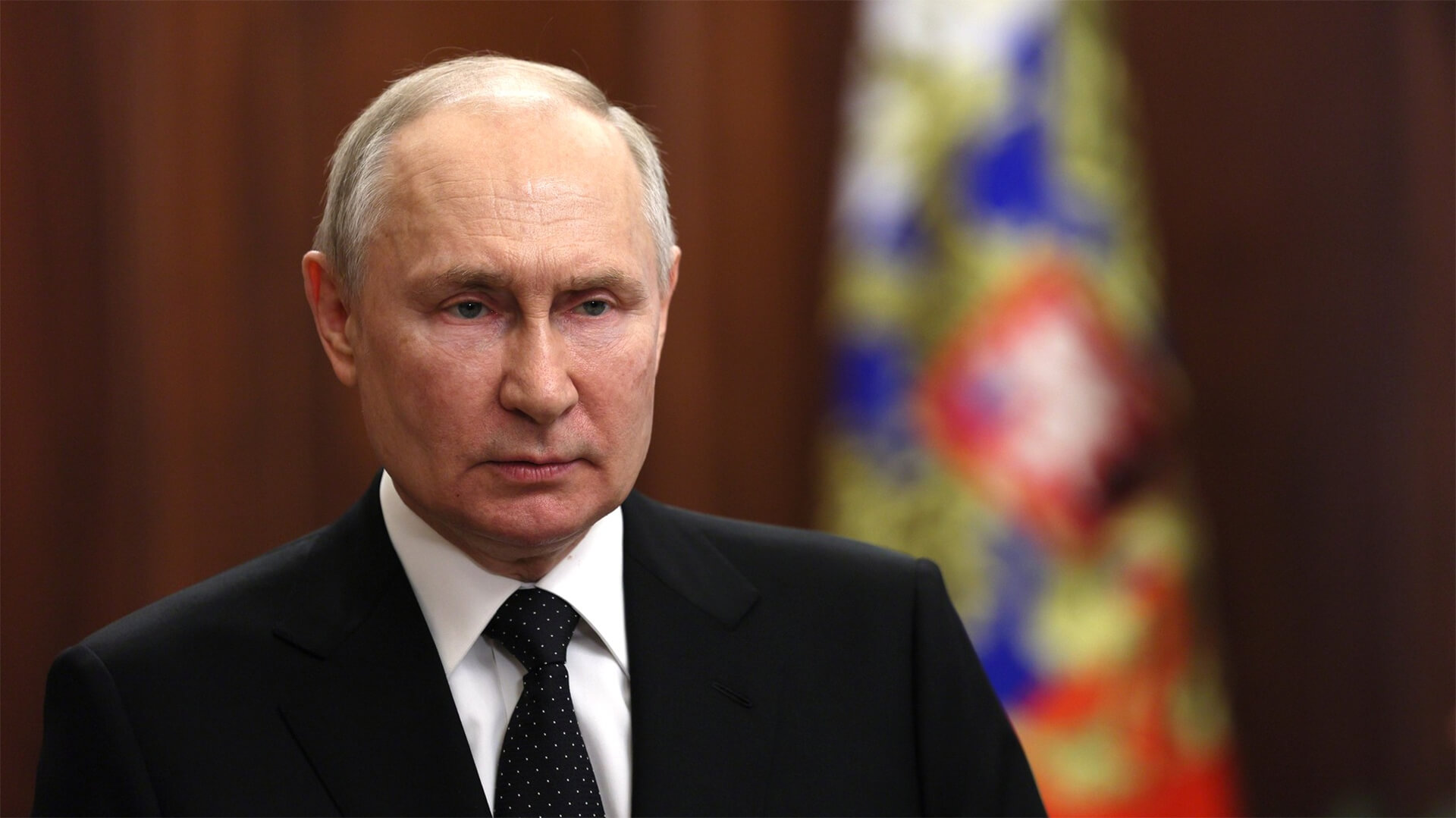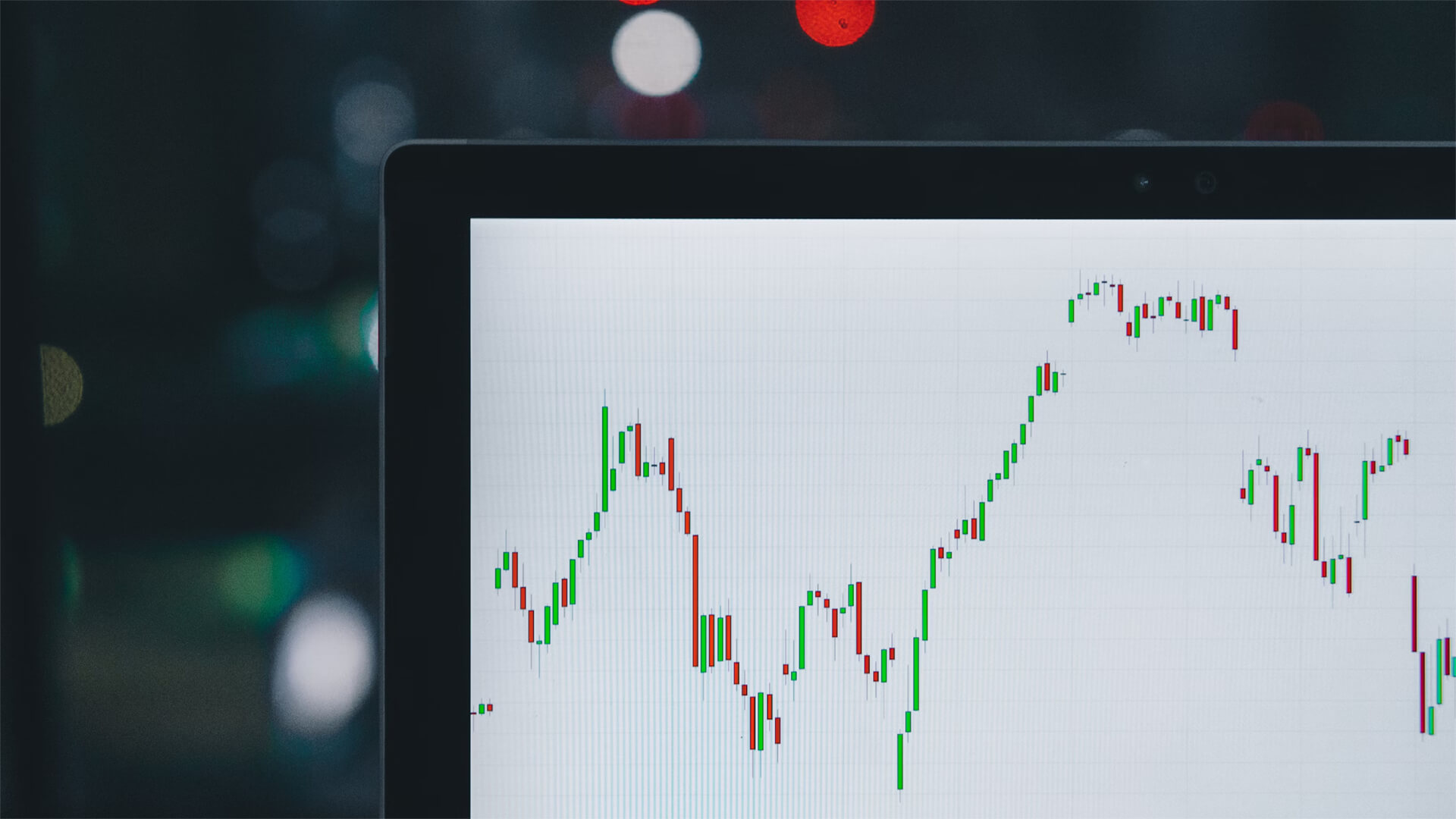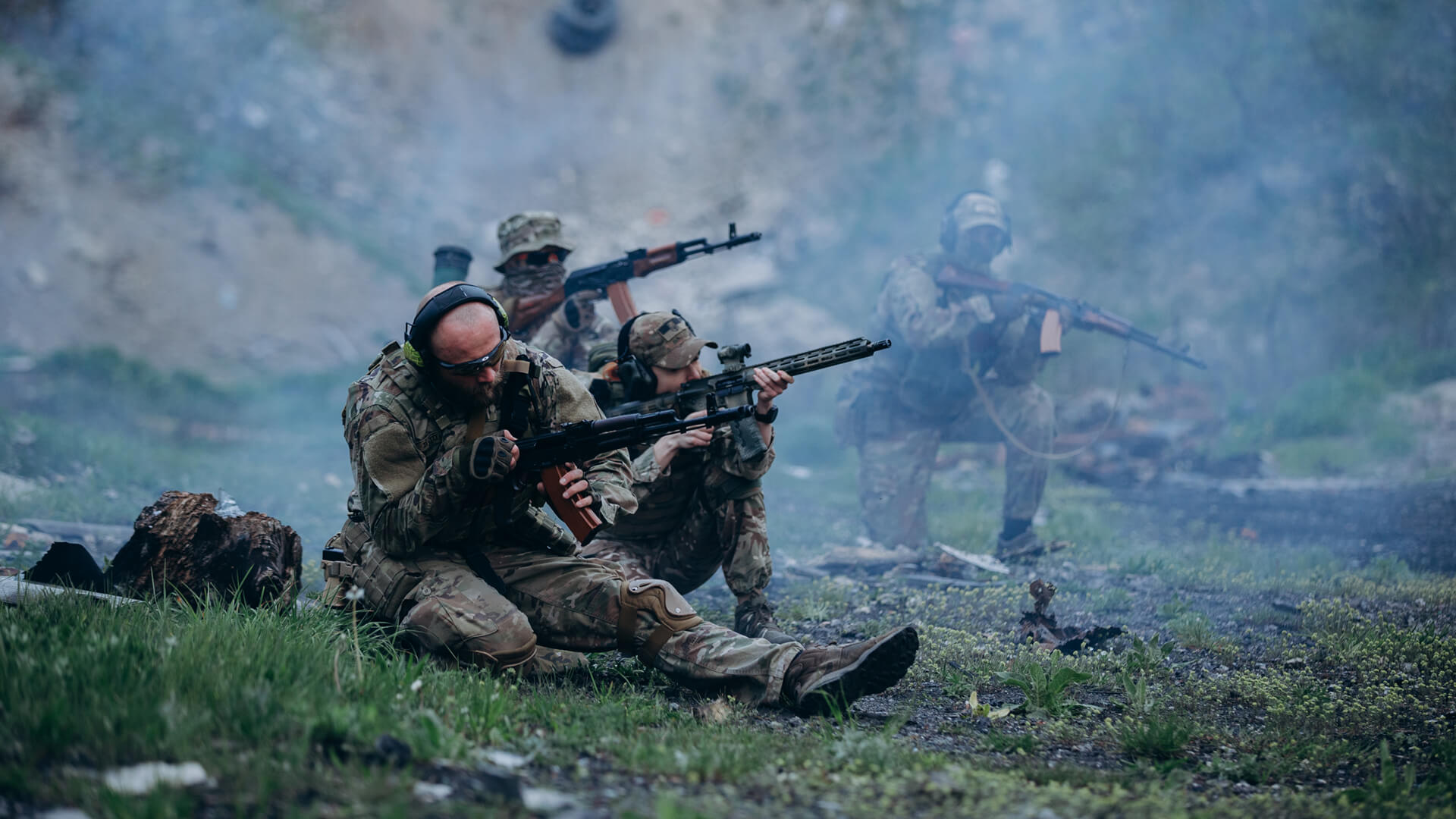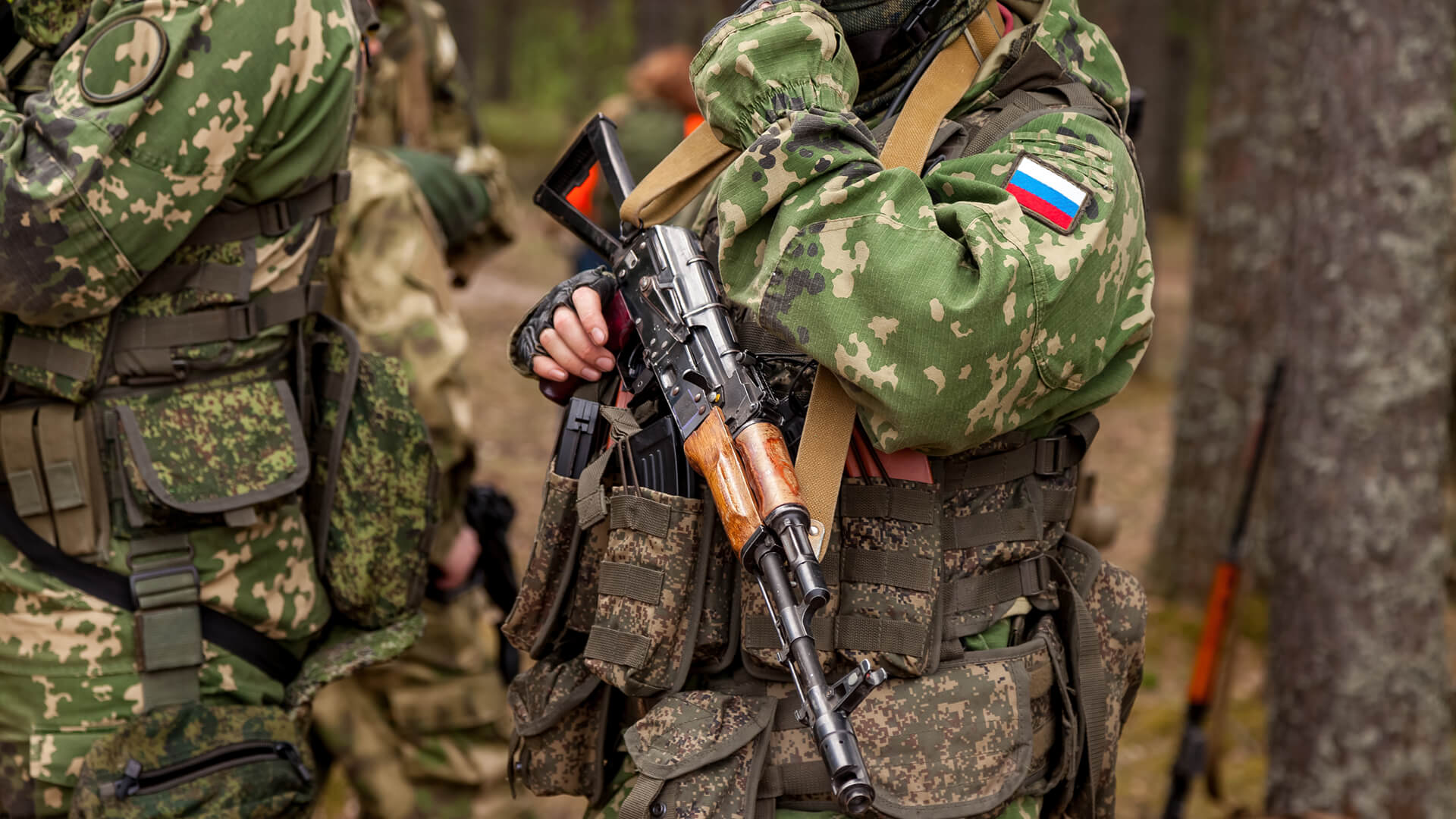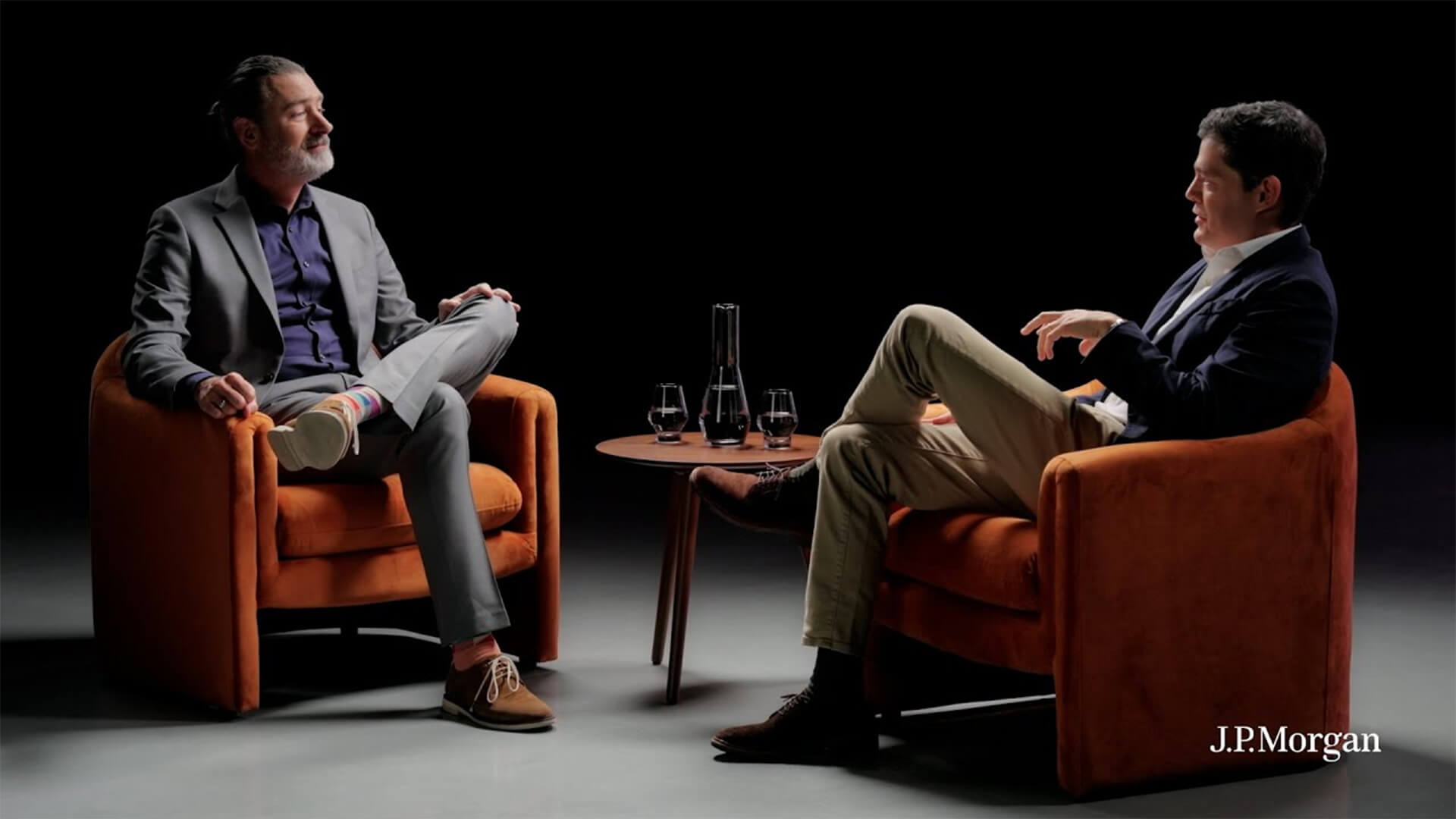If there’s anything Putin’s good at, its pressing the West’s buttons…and his latest trip to North Korea is no exception. However, by signing a new defense pact with Kim Jong Un, Putin might inadvertanly gain Ukraine a new supporter.
For years, the US, China and Russia have worked together to contain North Korea’s weapons programs and illegal activities; Russia has clearly stepped away from that aggreement. In the process of antagonizing the West and partnering with North Korea, Putin likely pissed off South Korea.
The South Koreans have become one of the top five arms exporters globally, but until now they’ve limited exports to Ukraine. If South Korea’s position begins to shift – and it looks like we might be heading in that direction already – we should expect to see plenty more deals like their recent tank deal with Poland.
Here at Zeihan On Geopolitics we select a single charity to sponsor. We have two criteria:
First, we look across the world and use our skill sets to identify where the needs are most acute. Second, we look for an institution with preexisting networks for both materials gathering and aid distribution. That way we know every cent of our donation is not simply going directly to where help is needed most, but our donations serve as a force multiplier for a system already in existence. Then we give what we can.
Today, our chosen charity is a group called Medshare, which provides emergency medical services to communities in need, with a very heavy emphasis on locations facing acute crises. Medshare operates right in the thick of it. Until future notice, every cent we earn from every book we sell in every format through every retailer is going to Medshare’s Ukraine fund.
And then there’s you.
Our newsletters and videologues are not only free, they will always be free. We also will never share your contact information with anyone. All we ask is that if you find one of our releases in any way useful, that you make a donation to Medshare. Over one third of Ukraine’s pre-war population has either been forced from their homes, kidnapped and shipped to Russia, or is trying to survive in occupied lands. This is our way to help who we can. Please, join us.
Transcript
Hey, everybody. Peter Zeihan here coming to you from Green Mountain, just above Boulder with the flat irons there behind me. Today we are going to talk about Vladimir Putin’s recent trip to North Korea.
Basically, he went there, talked shit about the United States and, said he would sell weapons to North Korea, signed a defense pact and talked about how they are best buds. And he and Kim Jong un, that’s the premier of North Korea. He’s a really chubby guy. basically took turns, flattered each other and driving themselves around in a Russian made limo, which is, well, let’s just say it didn’t crash.
And that’s kind of an achievement anyway. So, the purpose of this trip was basically to piss off the Western alliance, especially the United States. US diplomacy going back several presidents, at least to Clinton, have been working pretty aggressively to partner with the Chinese and the Russians to box in North Korea to tamp down their weapons program, the drug smuggling, their money laundering, all that good stuff.
And in the last year, because the Russians are now finding themselves on the opposite side of everything from pretty much everybody, the Russians have actually been vetoing resolutions in the Security Council that would continue those sanctions programs on the North Koreans. which is something that the United States is really cheesed off about because the number one target of any missile launch is going to be Los Angeles or San Francisco.
Well, let’s look at this from anyone else’s point of view for a moment. Just not Russia’s, not North Korea’s and not the United States’s, the other country that matters on the Korean peninsula is South Korea, an economy that’s roughly 15 to 20 times as large and as a technological leader, not just in things like semiconductors and manufacturing, but increasingly software and weapons technology.
In the last five years, South Korea has emerged as one of the top five arms exporters in the world, specifically excelling in things like artillery and rocket systems and tanks. And if you start looking at this from the South Korean point of view, it is clear that Vladimir Putin made a colossal mistake, because until now, the South Koreans have limited their arms exports to Ukraine because they don’t want to get involved.
But now that Putin has come to North Korea and bandied about how he and the North Koreans are best friends, the sky is the limit. And unlike German tanks or American tanks, things that are being made in limited volumes and so can’t be rushed to the Ukrainian front all that quickly, the South Koreans are the masters of making anything at quality and at scale very, very, very quickly.
I mean, this is the country that back in the 1970s built what was then the world’s largest supertanker by building it in halves in two different dry docks and then welding it together at the end. And for those of you who built supertankers in your garage, you know, don’t do this at home. This is really dangerous. Anyway. It works.
they’ve already sold 180 K-2 tanks to the poles. There’s another hundred and 80 on their way, and they’re going to be working with the poles on setting up domestic manufacturing. So it’s not just that the South Koreans can upset the balance of power in terms of the arms balance in Ukraine. By selling weapons directly, they can help various European countries establish their own production, and then they can have two, three, four different production sites basically working against the Russians.
this isn’t the dumbest thing I’ve seen any country do in the last 20 years, but it definitely makes the top ten. All right, see you guys next time.

